I first noticed the beneficial qualities of rotting logs when I gardened in the suburbs. The tree trimmers left stacks of logs next to the street trees and I promptly snagged as many as I could for flower beds edgings. As they broke down over the years, I could see that they were home to bugs and seedlings, and eventually settled down completely into the soil as ‘compost’.
Here in the mountains, I see the fallen and cut tree trunks on the banks along the high country roads and see the ferns and mosses growing inside and alongside them. Trees are always falling across the roads up there so in any stretch of bank, you will see several, fallen and pointing down the slope. The forest crews don’t bother to remove them and they decompose over time.
When driving up on Peckinpah Mountain and noticing a fallen log too close to the road, I have no qualms about acquiring it for my own garden. I do the same for rocks that ‘may be a hazard’ to motorists. Tractor Man knows that he’ll be called upon to heft one of these logs or rocks into the truck bed and says every time, “If I knew you wanted all this stuff, we would have taken the work truck.”
To add to the natural look of my garden I set a 4 foot long log at an angle on a bank that would prevent water from rushing down out of the rain gutter pipe. This log has lasted about three years and now has broken down into pieces of wood worked upon by microbial life and the elements. There is a small oak seedling growing there.
What to do with your nurse log
Finding and placing a nurse log under the drip line of a tree can give you a shady place to plant small ferns, bulbs and seedlings where they will thrive in the damp rich humus. The log acts as a sponge, holding enough moisture that it doesn’t need much off-season water which would harm the shading tree. It provides mycorrhizae, disease protection and nutrients to the seedling and namely, acts as its ‘nurse’.
How it works
With time, weather and the work of microorganisms, the lignin in the wood of the nurse log breaks down forming small breaks in the log which fill with leaf litter, moss and mushrooms and becoming seed catchers. Tiny plants can begin to grow. The decaying wood provides moisture and nutrients for a variety of insects. In the wild, new tree seedlings can start easier if they can last long enough to form a root structure that grows down through the nurse log to anchor into the soil on either side.
In your garden
Nurse logs create interest as seen in this log located along a sidewalk in Volcano, a tiny town off Highway 49 in Northern California. This log is planted with muscari bulbs and should be charming when in bloom. You can plan a garden around a couple nurse logs or hollow logs creating foresty homes for your woodland plants. Hollow logs, when you can find them, make wonderful ‘pots’for plants in a rustic and natural garden.
In my garden, many of the banks and slopes were scraped raw by the machinery during house construction. By observing the native habitat here in the mountains and adding logs and branches to the banks help to ‘naturalize’ these areas. Nurse logs and hollow logs will always be appropriate here and I know they can only add to the nutrients in my clay and decomposed granite soil. Remember due to decomposition, your logs will be temporary. Always be looking for replacements!
Fun facts about Nurse Logs:
- An artist named, Mark Dion has installed a large nurse log from a nearby watershed into a glass walled greenhouse-like building called the Neukom Vivarium at the Olympic Sculpture Park located on the boardwalk along Seattle Harbor.
- There is a Facebook page for Nurse Logs. You can ‘like’ it!

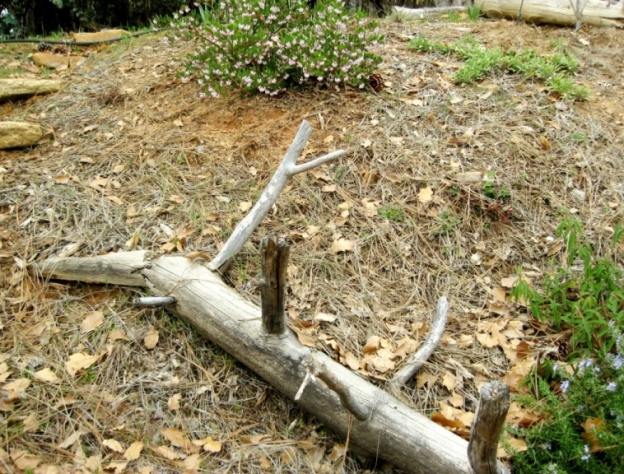
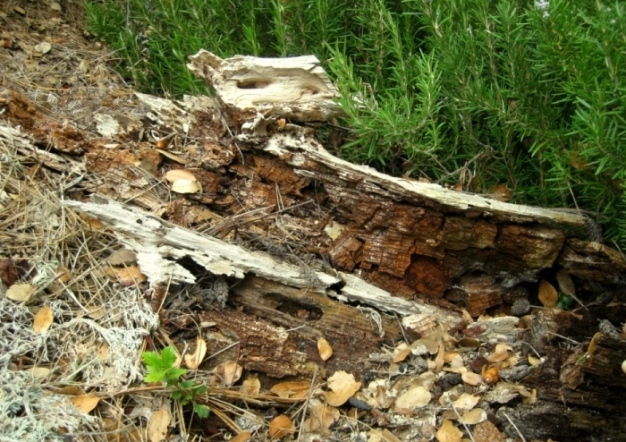
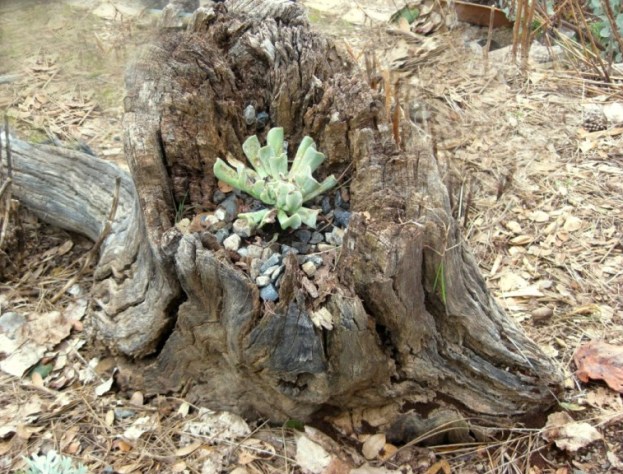
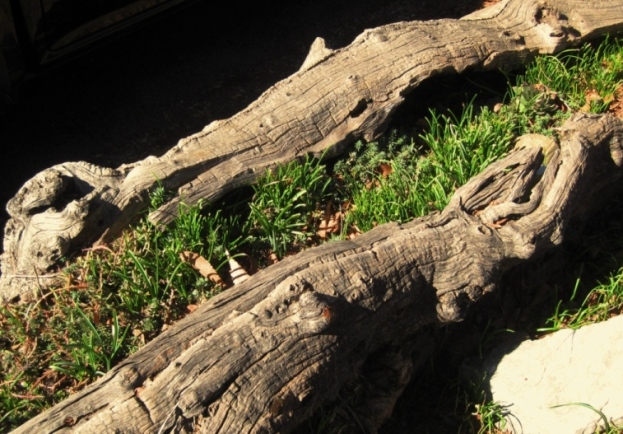
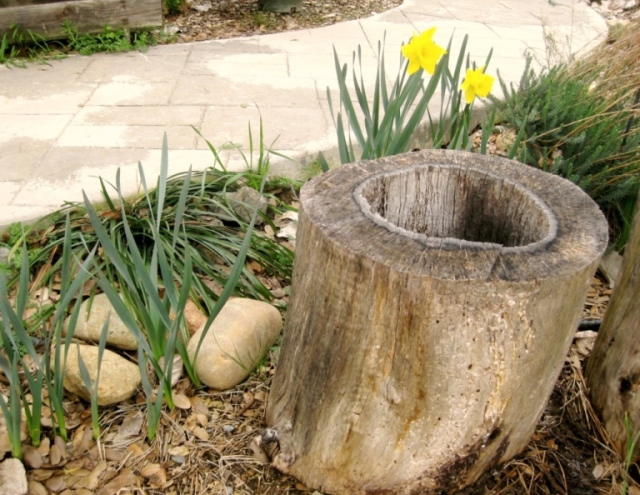
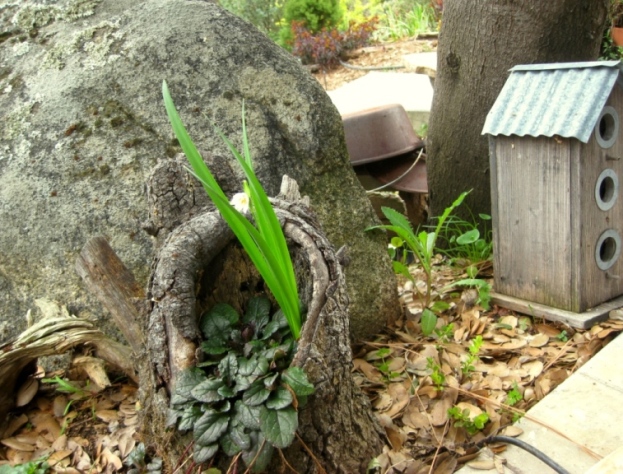
6 comments